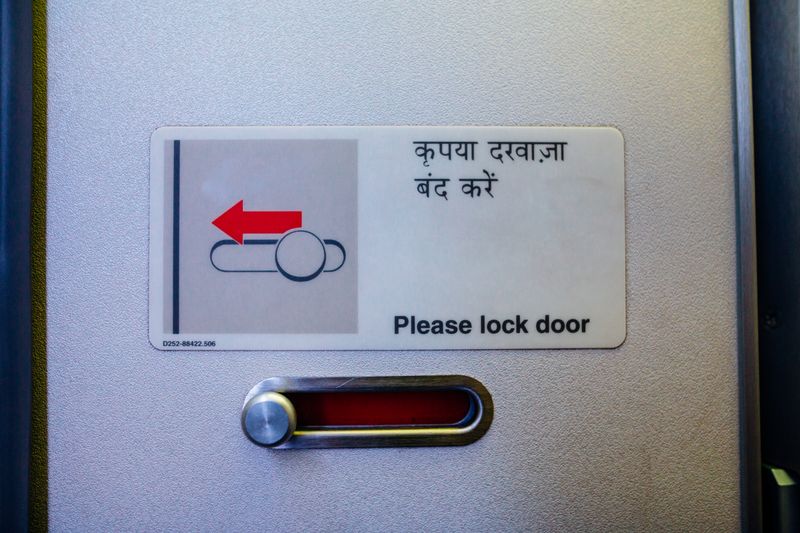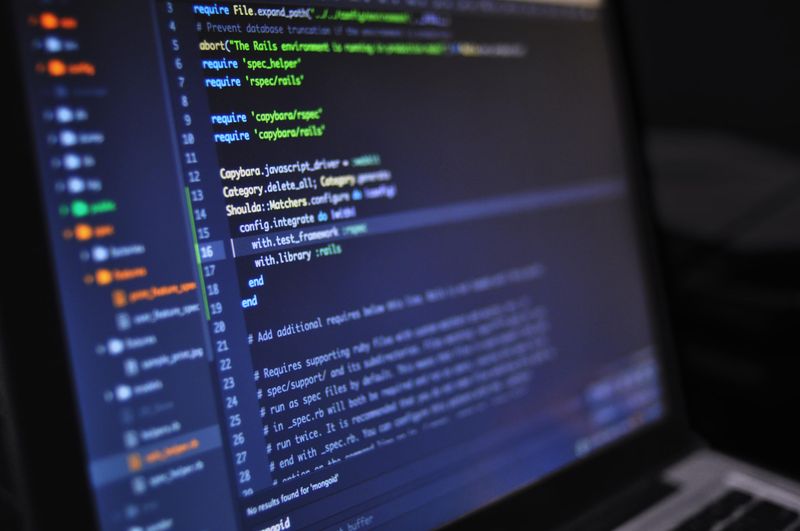Is someone using your pictures to catfish? Your rights when it comes to fake profiles and social media stalking
by Rachel Maguire and Aislinn O’Connell
Credit: Ekateryna Zubal/Shutterstock
If you’ve ever used a dating app, you’ve probably experienced the disappointment of meeting someone who doesn’t look quite like their photos. You may have even been a victim of catfishing, where someone creates a fake identity to deceive or scam others online. But what if someone uses your photos to catfish someone else?
The Problem of Fake Profiles
Setting up a social media account or dating profile is as easy as entering a name and email address. Platforms do very little to verify users’ identities, making it easy for someone to scam you, harass you, or even pretend to be you. Many fake profiles use images from real people—often an unsuspecting third party’s public social media account. This can cause significant problems for the person whose photo is used, as their face becomes attached to online behavior that may be illegal, dishonest, or embarrassing.
Fake profiles can also include the personal contact details of an innocent third party, a form of doxing that can lead to unwanted calls, texts, emails, or even in-person visits and violent attacks.
The Legal Landscape
Unfortunately, if a fake account is using your image or contact details, there are not always reliable legal protections to help you stop it. While there are some relevant criminal offenses in the UK, such as fraud, stalking, harassment, and communications offenses, they can be difficult to investigate and prosecute.
Establishing criminality for these offenses may become even harder with new online safety laws that require proof that the perpetrator intended to cause the target physical or “non-trivial” psychological harm.
Other legal options include suing whoever set up the fake account, but this process can be expensive, time-consuming, and reliant on being able to identify the account holder, which is not straightforward. Perpetrators may also be located in a different country, making them difficult to reach.
If you believe a crime has been committed, it is crucial to contact the police for advice and gather evidence, such as taking screenshots before taking any other action.
Platform Responsibilities
Asking the platforms to remove fake profiles may be your best option. If the account is using photographs that you took yourself, one of your most effective legal protections is copyright law. Platforms are generally not liable for user content, but they take copyright infringement seriously if you use their tools to report it.
Additionally, you can report fake accounts using the platforms’ own reporting tools. However, this can sometimes lead to a game of fake profile “whack-a-mole,” as new accounts spring up as soon as one is shut down. Platform responses to such reports have also been inconsistent.
Under the online safety bill, which is awaiting royal assent, platforms will be legally obligated to take steps to prevent users from encountering “priority illegal content,” including stalking and harassment. This requirement should compel platforms to be more proactive in addressing these types of harms.
The new law will also require larger and riskier platforms to offer users a way to verify their identity. Verified users will have the ability to block non-verified users from seeing their content, reducing the risk of unknown users accessing their photographs and personal information.
Protecting Yourself
While legal mechanisms and platform actions are important, individuals can also take steps to protect themselves:
1. Make a Report
Use reporting tools provided by platforms to request the removal of fake profiles. If you believe a crime has occurred, like fraud, stalking, or harassment, contact the police and gather evidence, such as screenshots.
2. Tell Your Networks
Inform your friends and family about the existence of a fake profile using your information. By being aware, they are less likely to mistake the fake profile for you. Consider establishing code words so that friends and family can verify your identity before sharing personal or financial information through messaging apps.
3. Protect Your Images
While not foolproof, adding a watermark to photos, such as your social media handle, can reduce their appeal to fraudsters.
4. Review Your Privacy Settings
Take the time to review and adjust your online privacy settings instead of relying on default settings. While a private account may not always be feasible or desirable, consciously making choices about your online privacy can help protect you.
It is important to recognize the challenges individuals face when dealing with fake profiles and social media stalking. While legal avenues and platform interventions are crucial, being proactive in protecting oneself and raising awareness about these issues can also make a difference.
This article is republished from The Conversation under a Creative Commons license.
Kelly >>
The image is for illustrative purposes only and does not depict the actual situation.
You might want to read !
- How Can We Strengthen Cybersecurity Measures to Prevent Insider Threats?
- The Surge of Lazarus Group: Exploiting Defense Experts Through Trojanized VNC Apps
- Russian Hackers Exploit WinRar Vulnerability through Fake Drone Training
- The Rise of TetrisPhantom: Unveiling a Stealthy Cyber Espionage Operation Targeting APAC Governments
- Fraud Prevention Firm Fingerprint Secures $33 Million in Funding
- Government and Tech Firms Under Siege: Exploiting the Critical Citrix NetScaler Flaw
- Exploring the Financial Frontlines: North Korea’s Lazarus Group and the $900 Million Cryptocurrency Laundering Scheme
- “The Increasing Threat of North Korea’s Sophisticated Cyber Espionage: Unveiling the Complex Backdoor Attack on an Aerospace Organization”
- North Korea’s Ambitious Cyber Espionage: Unveiling the Complex Backdoor at an Aerospace Org
- A Deeper Dive into Digital Security: The Latest Developments in Protecting Your Data
- Why Improving Cyber Hygiene is Crucial in the Fight Against Sophisticated Cyberattacks
- The Rising Threat: How Spyware Is Exploiting Online Ads





